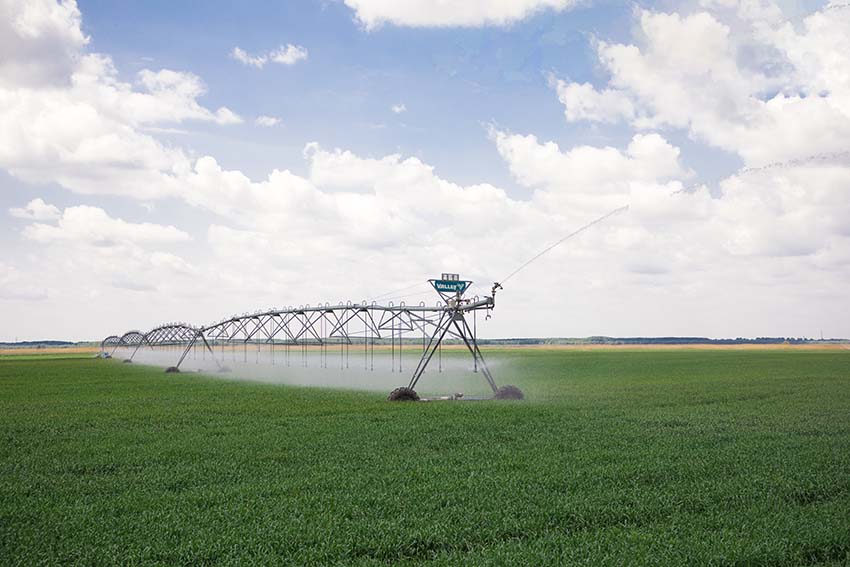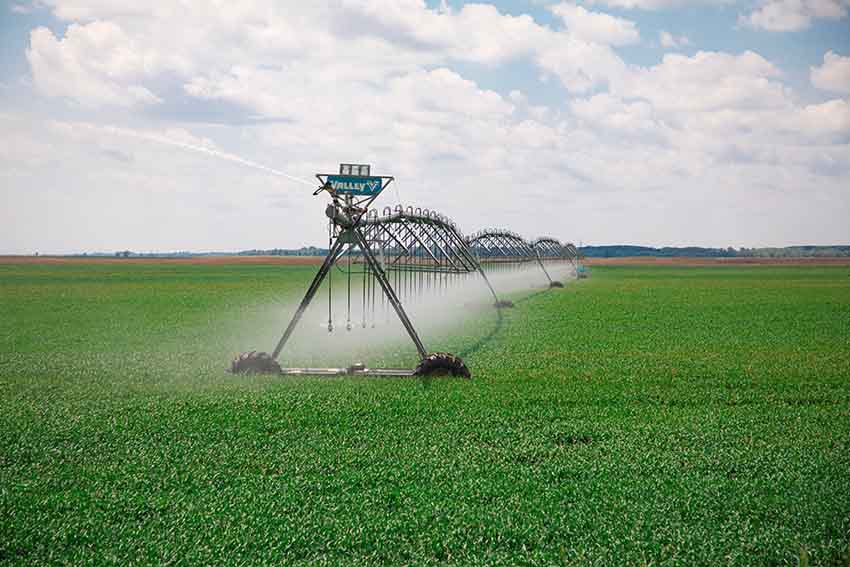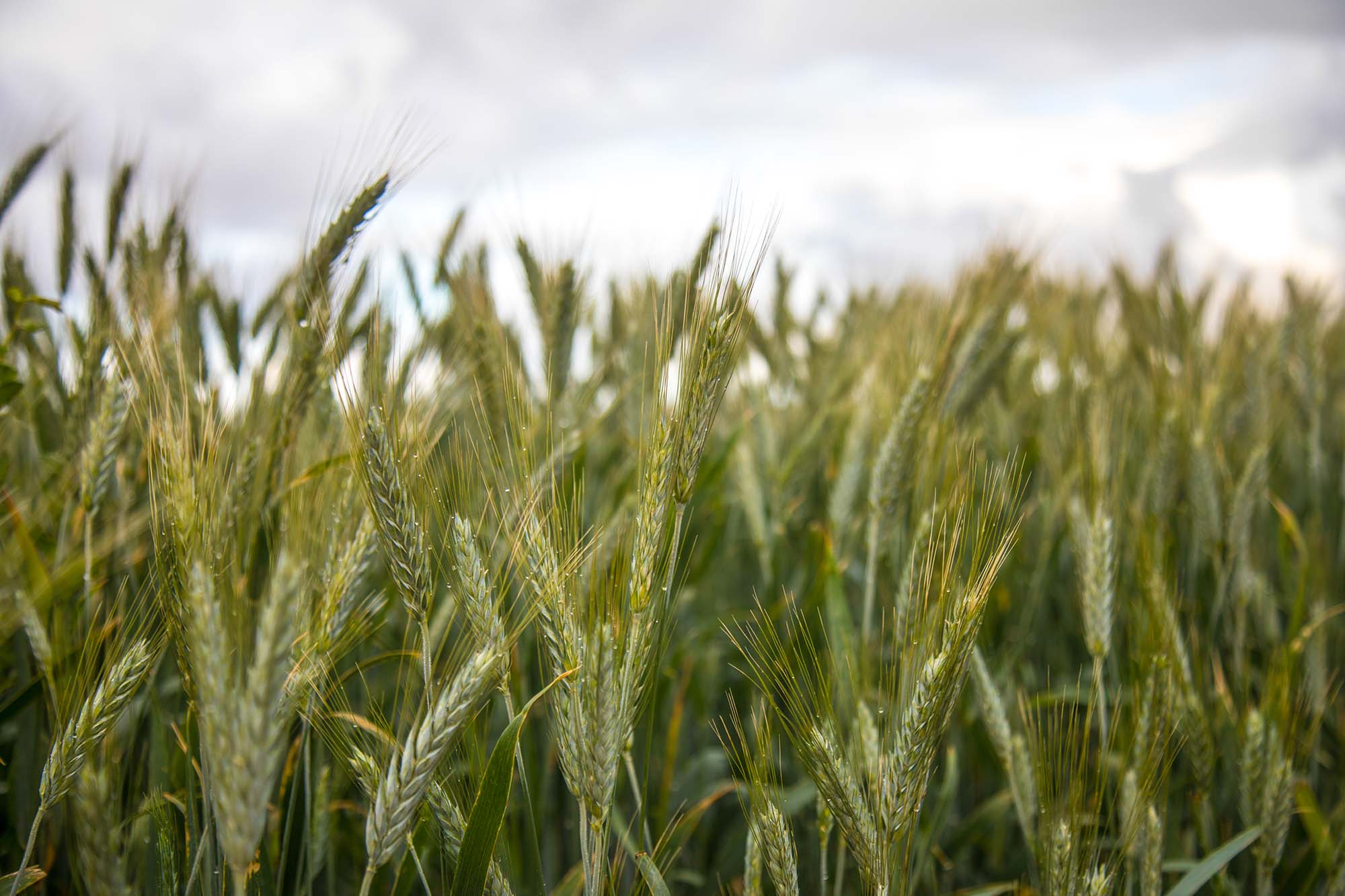A recent United Nations report warns that the war in Ukraine will slow down global economic growth compared to predictions issued at the beginning of 2022, due to the impact on the world’s food, energy and financial sectors.
According to the document, Russia and Ukraine together supply about 30% of the world’s total wheat and barley, and today’s food prices are 34% higher than in the same period last year. Since the beginning of 2022, wheat and corn prices have risen by about 31% and 32%, respectively. The UN warns that prices will remain volatile for the foreseeable future.
UN experts further warned that the fighting in Ukraine could cause long-term disruptions to the food supply chain. More than 35 countries around the world import more than 50% of their wheat from Russia and Ukraine.
Fertilizer Prices
Moreover, the report draws attention to the doubling of the price of agricultural fertilizers. From September 2021 to April 2022, the price of diammonium phosphate (DAP) increased by 60%, and potash increased 301%.1-2 Because of this, many small farmers are having trouble affording fertilizer, and some analysts predict a stiff reduction in this year’s harvest, with the chance that the effects of the war will continue into 2023.

Russia is currently the world’s largest producer of fertilizers, providing 15.4% of total fertilizers worldwide, followed closely followed by China (11.2%) and Canada (8.8%). Belarus ranks fifth, accounting for 5% of the world’s total fertilizer supply. The world’s largest fertilizer importers in 2020, according to Statista, were Brazil ($8.03 billion), followed closely by India ($7.18 billion).
Even before the war, the fertilizer market was in turmoil because of COVID-19, high fuel prices (fertilizer production relies heavily on natural gas) and sanctions on Belarus – which, like Russia, is a major exporter of potassium, ammonia, urea and other soil nutrients. In March, Russia responded to sanctions by suspending fertilizer exports, and supplies from Ukraine, a major supplier to Europe, have largely stopped.
A recent United Nations report warns that the war in Ukraine will slow down global economic growth compared to predictions issued at the beginning of 2022, due to the impact on the world’s food, energy and financial sectors.
According to the document, Russia and Ukraine together supply about 30% of the world’s total wheat and barley, and today’s food prices are 34% higher than in the same period last year. Since the beginning of 2022, wheat and corn prices have risen by about 31% and 32%, respectively. The UN warns that prices will remain volatile for the foreseeable future.
UN experts further warned that the fighting in Ukraine could cause long-term disruptions to the food supply chain. More than 35 countries around the world import more than 50% of their wheat from Russia and Ukraine.

Fertilizer Prices
Moreover, the report draws attention to the doubling of the price of agricultural fertilizers. From September 2021 to April 2022, the price of diammonium phosphate (DAP) increased by 60%, and potash increased 301%.1-2 Because of this, many small farmers are having trouble affording fertilizer, and some analysts predict a stiff reduction in this year’s harvest, with the chance that the effects of the war will continue into 2023.
Russia is currently the world’s largest producer of fertilizers, providing 15.4% of total fertilizers worldwide, followed closely followed by China (11.2%) and Canada (8.8%). Belarus ranks fifth, accounting for 5% of the world’s total fertilizer supply. The world’s largest fertilizer importers in 2020, according to Statista, were Brazil ($8.03 billion), followed closely by India ($7.18 billion).
Even before the war, the fertilizer market was in turmoil because of COVID-19, high fuel prices (fertilizer production relies heavily on natural gas) and sanctions on Belarus – which, like Russia, is a major exporter of potassium, ammonia, urea and other soil nutrients. In March, Russia responded to sanctions by suspending fertilizer exports, and supplies from Ukraine, a major supplier to Europe, have largely stopped.

Commodity Prices
Despite the prospect of continued rising prices, experts do not expect food shortages to occur in the European Union and the United States: “It’s important to realize that the U.S. doesn’t import very much from Ukraine,” explained Joseph Glauber, a senior research fellow at the International Food Policy Research Institute.
Although some of the facts above sound alarming, commodity prices are rising dramatically (especially wheat), which will bring extra cash to growers when they are going to sell their products. In February 2021, wheat was $6.51/bushel (USD); in February 2022, it was selling for $12.09 a bushel.2 This type of increase may trigger their investment in irrigation technology and modern storage facilities.
Valley® center pivots are the best long-term investment for growers who want to increase their yields and be more efficient with fertilizer application through the pivot, which allows the right amount of fertilizer in the precise locations of their fields. Smart irrigation technologies such as Valley VRI, Valley SchedulingTM, and Valley Insights® powered by Prospera, can help your operation plan ahead and respond to challenges and opportunities quickly and precisely. This way, Valley contributes to a more sustainable world and helps with the global effort to feed the world population while conserving water and energy resources.

Solar Energy for Agribusiness
In addition to declining grain exports and rising fertilizer prices, the recent report shows that the price of crude oil is 41% higher than on Dec. 1, 2021, while natural gas prices have risen by 49% in the same period. However, the United Nations believes that these rising costs will speed up the transition to green energy by many countries.
The solar experts from Valley can help growers to produce their own renewable energy for a low-cost way to power their center pivots and other farm technology, further helping to offset the costs of rising fuel and fertilizer prices.
Are things getting better?
The World Bank is currently forecasting that the world economy will grow 3.2% in 2022, less than the previous estimate of 4.1%, World Bank President David Malpass announced in April.
It depends on a couple of factors: how long the war in Ukraine will be and on the weather in the world’s largest cereal-producing areas. China is anticipating its worst wheat crop in history, and the Midwest United States is forecasting dry conditions, although Australia and India are expecting high yields on wheat. A dry season in Europe, Argentina or Kazakhstan would damage the markets and bring the world closer to a major food crisis.

Your local Valley Dealer can assist you with solutions that can save you money and help you be more efficient, including applying fertilizer through your pivots, installing solar power for your agribusiness, and remote technology to help you save on labor and fuel costs. Contact your Valley Dealer today to get started and control what you can control.
1-2. https://www.dtnpf.com/agriculture/web/ag/crops/article/2022/04/05/dap-fertilizer-price-now-highest-dtn; https://www.dtnpf.com/agriculture/web/ag/crops/article/2021/08/18/potash-price-13-last-month-leads-six
3. https:// www.macrotrends.net/2534/wheat-priceshistorical-chart-data

